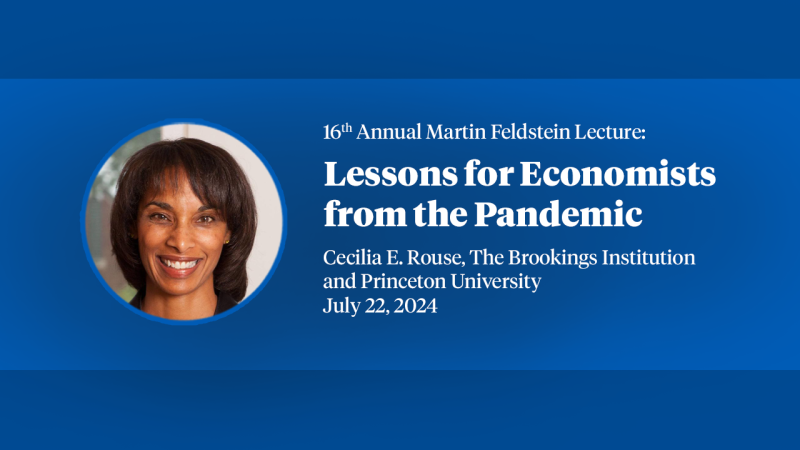Early-Life Local Labor Market Conditions and Old-Age Male Mortality: Evidence from Deindustrialization of New England Textile Sector
Previous studies document the potential links between early-life exposures and life-cycle outcomes. However, fewer studies examine the effects of local labor market shocks during early-life on old-age male mortality. This article empirically investigates this link using a large-scale deindustrialization as a source of shocks to local labor markets: the decline in New England’s textile industry during the 1920s and 1930s. Consistent with prior studies, we find small impacts on migration and changes in sociodemographic composition of counties post-deindustrialization. Using Social Security Administration death records linked with historical censuses 1900-1940 and difference-in-difference event studies, we find reductions in longevity for those born in highly-exposed counties whose families are categorized as non-migrants and those residing in non-urban areas. The results suggest intent-to-treat effects of about 3.6 months while the treatment-on-treated calculations suggest reductions of about 4.2 years in longevity of children of affected families. Using 1950-1960 census data, we find that those born in highly-exposed counties post-deindustrialization reveal large reductions in schooling, decreases in high school completion, and significant decreases in measures of socioeconomic standing. We further discuss the policy implications of these findings.


